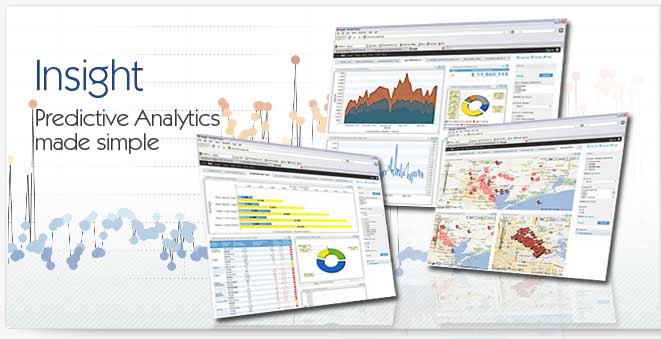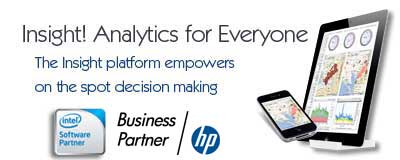Software Data Integration
Software data integration is the process of using a third party software platform to create data integration maps. Through a data integration map two systems (like an ERP and a CRM system) can exchange data regardless of whether they were originally designed to do so. Software data integration is a practice that has been widely used in the Enterprise community but that has begun to migrate to the small and mid-sized market only in recent years. Software data integration is driven primarily by the need to reduce redundancy in data entry and to improve the quality of information by having fewer dedicated repositories of data - or silos - that can negatively impact a company's bottom line and performance.
Understanding the Benefit of Software Data Integration
As outlined earlier, the primary drivers of software data integration are always either cost or benefit driven. More specifically, through software data integration companies can reduce the amount of staff used for data entry, minimize the chance for mistakes during the process and increase the amount of data that can be moved between systems. On the opportunity side, software data integration allows companies to maintain clean, centralized repositories of data, providing the organization with faster time to key data and with the ability to make decisions faster and to better respond to customer requirements. As data proliferation has boomed over the past few years in small and mid-sized businesses, software data integration has become a key issue for these "sub-enterprise" organizations.
Selecting a Software Data Integration Vendor As a small or mid-sized business looking at the software data integration option you may be tempted to simply enlist the help of companies that have worked with large Enterprise deployments. While at first blush this may seem logical there are a number of potential problems with trusting your software data integration project to a large, Enterprise focused vendor. The first has to simply do with attention. Specifically, a large-business focused provider of software data integration is going to naturally want to keep their larger customers happy and will most often pay more attention to them. This means that your software data integration project will suffer.
Cost and Software Data Integration
A second and equally high concern of working with an Enterprise focused software data integration vendor is the one of cost. As these vendors have developed their products over the years they have done so with a deep understanding of the Enterprise market and the available resources (i.e. dollars) in that market. Small and mid-sized businesses often find that software data integration solutions from these vendors can cost in the hundreds of thousands.
A New Alternative Software Data Integration There are however new companies like EMANIO that have begun to bring to market solutions specifically designed for the needs of small and mid-sized businesses. Solutions like our own Unite! software data integration platform provide a very affordable (under $10,000) platform that can grow with your needs and can be deployed for significantly less than you might expect, making the promise of software data integration achievable for any business.
|



